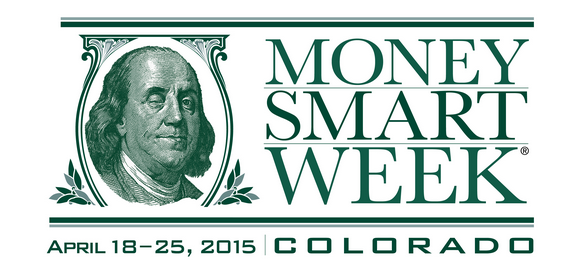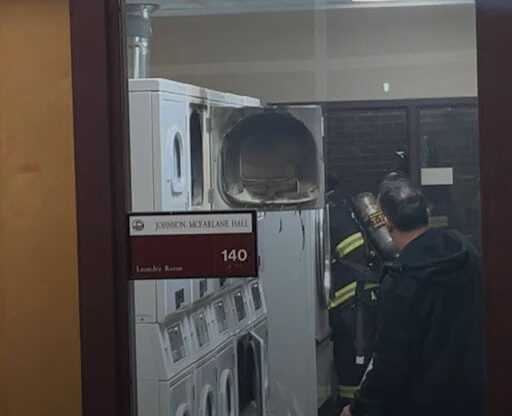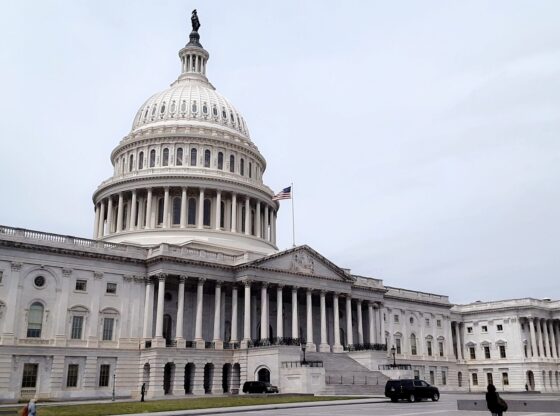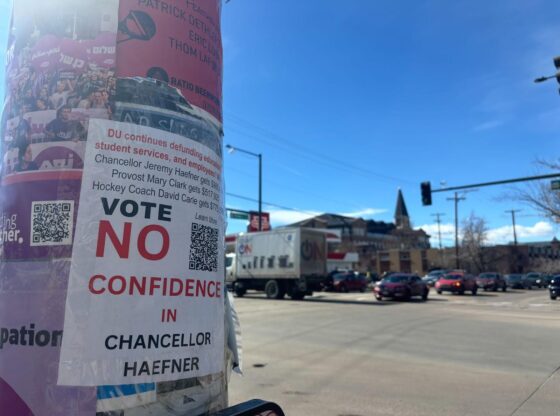There are plenty of articles addressing the problem of student loan debt. The average amount for students hovers around $25,000, according to a recent study by The Institute for College Access and Success. Reporters discuss the implications on students and the economy.
What many of these reports neglect to address is the issue of financial literacy: many students don’t know what they’re getting themselves into until they’re in trouble. To fight this impending catastrophe, DU should offer more incentives for students to learn about their budget and debt.
A recent study by the Program for International Student Assessment showed that American high school students lag behind other countries in financial literacy. It isn’t likely that the gap closes once they reach college. With an already expensive higher education system, the effects can be very pronounced. The St. Louis Federal Reserve, for example, reports that about 27 percent of federal loans default.
While many blame this on the high cost of tuition (which is a large part of the issue), an important factor we’re neglecting is students’ ability to understand budgeting, loans and general finance.
When discussing debt to current college students, the issue is clear. Most students know how much debt they will have upon graduation, but it’s rare to find a student that knows how long it will take to pay off or how to budget their income to ensure they have emergency funds. As a result, many students would default on loans with any type of financial difficulty simply because they didn’t know how to budget for potential obstacles.
DU’s initiatives, like many reports on student debt, have begun to address the high cost of tuition. In the Engaging Community portion of Imagine DU, the administration has created policies to centralize financial aid and raise funding for financial aid. These policies are definitely a step in the right direction to reduce the issue of student debt. However, they do not address the financial literacy that students need no matter how much debt they have.
The Office of Financial Aid at DU has many helpful resources for understanding loans on their website and they have an email list for students interested in more information. Additionally, DU is hosting Money Smart Week, April 21-24, with drawings for attendees.
However, DU still needs to be even more active in providing financial information to students.
The university could require students to attend an annual session regarding particular aspects of finances. Another option could be to incentivize financial information sessions that are held more frequently than the single Money Smart Week. For instance, students could receive advanced admission to on-campus events throughout the year or discounts at the bookstore by attending information sessions, providing incentive to every attendee, rather than a chance at a single prize.
Of course, long-term and widespread solutions are needed to address the broader issue of student debt. Colleges across the country will need to reduce tuition and high schools need to provide financial literacy as a part of their required curriculums. However, until we get to that point, DU can take a few small steps to ensure that our own students do not fall into default.











